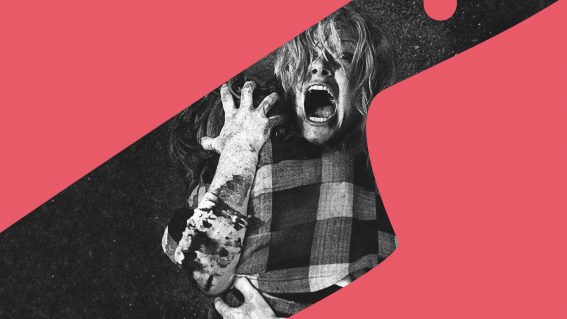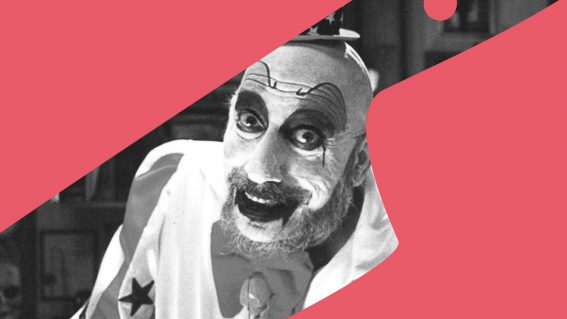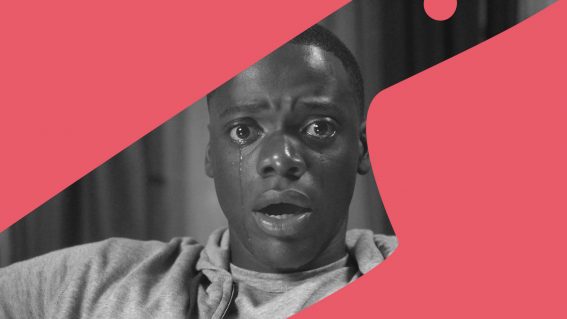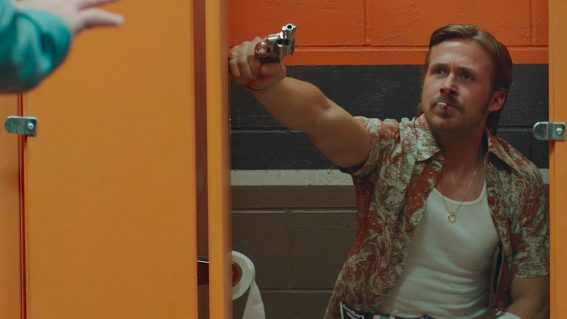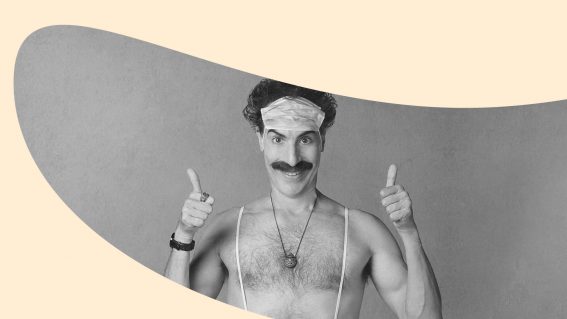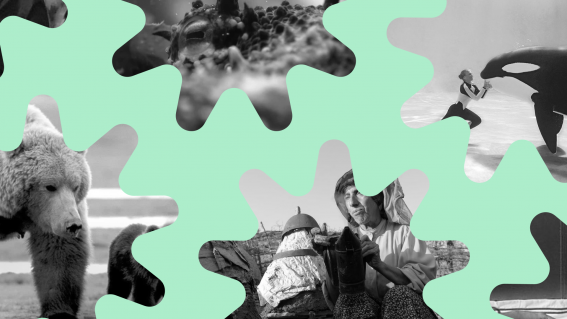Why the fight scenes in Black Panther are truly thrilling
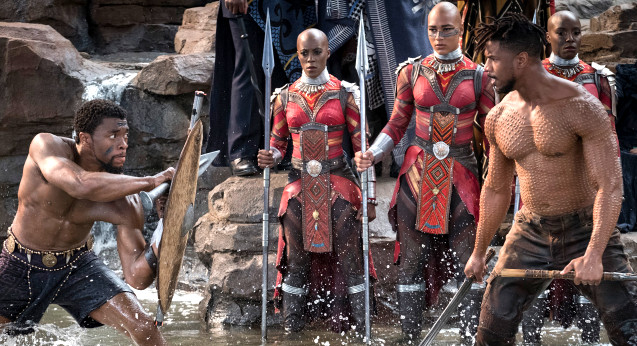
Not even the biggest of budgets can guarantee a good movie, or even a good scene. There’s a reason Orson Welles once famously said “the enemy of art is the absence of limitation” – because vast resources can have a negative effect on creativity, stifling rather than encouraging it. A nine digit budget (the standard for superhero blockbusters these days) can, however, buy a shitload of costumes and special effects. Money can buy spectacle.
Interesting spectacle, however, is another matter. Audiences have been sensory-assaulted with so many bombastic fight scenes in recent years, heroes and villains swinging fists as buildings crumble around them, that they are forgiven for not remembering one from the other. Many years from now, however, audiences will still be talking about the fight scenes in Black Panther, director Ryan Coogler’s mega-budget adaptation of Marvel’s comic book series (created by Stan Lee and Jack Kirby).
The film’s moments of biff-n-bash are exhilarating for a simple reason: they often feel like dance sequences. It is hardly a spoiler to say the titular hero, also known as T’Challa (Chadwick Boseman), and the primary villain, Erik ‘Killmonger’ Stevens (Michael B. Jordan) face off against each other. When their bodies clash and clang, to the rhythm of drum beats, the stomping of spears and the pulsating sounds of Ludwig Göransson’s score, it feels not just like fighting, but a kind of electric boogaloo: wild, vigorous, kinetic.
By the time their conflict comes to a head, the energy of the entire film is behind it. That energy – derived from a mostly African and African American cast and crew – has real vibrancy; real force. This film has pluck. Spirit. Motion. The moving of bodies feels exotic, like a kind of exuberant celebration. The freshness of Black Panther’s spirit overpowers the mothballs of the superhero genre.
The screenplay, written by Coogler and Joe Robert Cole, contains lot of tropes, a lot of cliches, a lot of ‘seen it before’. But Black Panther still feels fresh despite its limitations (maybe – as Welles suggested – they helped). No doubt the top brass at Marvel Studios tempered Coogler’s vision in all sorts of ways. Like any nine digit production, this is a glaringly commercial, play-to-the-bleachers-seats exercise. But the film’s energy prevails.
Most superheroes do nothing to earn their powers, generally born with extraordinary abilities or chancing upon them in some way. Black Panther has to fight for his, and can be challenged for the magical suit he wears by anybody of a certain status. These confrontations take place in shallow water in front of a steep cliff face, where representatives of various tribes watch, clothed in extremely colourful garb.
These scenes feel ancient yet contemporary. They reminded me of the small budget and hugely ambitious Australian Indigenous dance movie Spear, a dazzling concoction of music and choreography.
They reminded me also of old school Bruce Lee and Jackie Chan films, which regard physical conflicts not merely as punch-ons, but artistic expressions of human motion. And they reminded me of the first time Max Rockatansky meets Imperator Furiosa in Mad Max: Fury Road, a balletic round of fisticuffs the director George Miller deliberately choreographed in the form of a love story.
Money can buy spectacle, but it can’t buy vision or freshness. Black Panther has both, even if elements of the story feel like déjà vu. It’s got groove and style. Recently the director Taika Waititi staged Thor: Ragnarok as a rock-out, stadium type spectacle. Coogler’s film is more personal and much cooler – like a loud, awesome street party.
Find Times & Tickets for ‘Black Panther’

